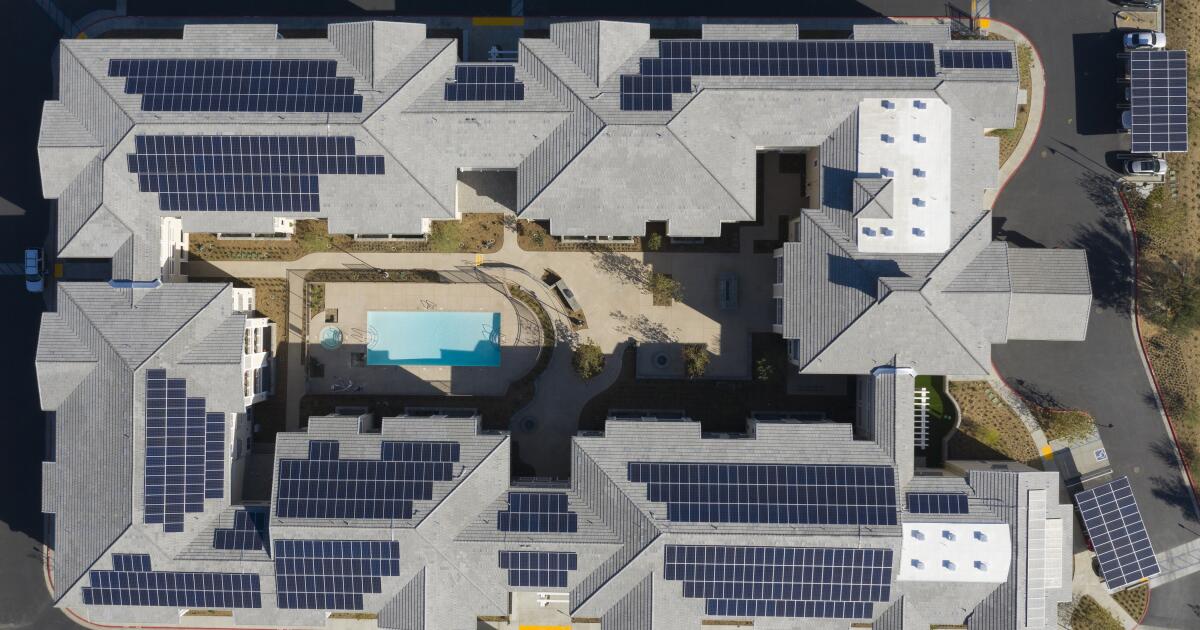Plugging in my situation to your scenario
11 kW PV with 3 PW after incentives: 47,500
Production: 11 x 1500 kWh/year/kW x20 = 330,000 kWh
(BTW, in 2021 my PV system underperformed this calculation by 2k kWh and in 2022 we are still about 1500 kWh under))
Cost per kWh over 20 years: ~$0.14/kWh
Total monthly fees over 20 years: $8x11x20x12 = $21,120
Total fixed per kWh over 20 years: 21,120/330,000 = $0.064
Cost per kWh = $0.204
If ESS is included in the calculation:
11 kW PV with 3 PW after incentives: 47,500
Production: 11 x 1500 kWh/year/kW x20 = 330,000 kWh
Cost per kWh over 20 years: ~$0.14/kWh
Total monthly fees over 20 years: $8x26x20x12 = $49,920
Total fixed per kWh over 20 years: $49,920/330,000 = $0.151
Cost per kWh = $0.291




